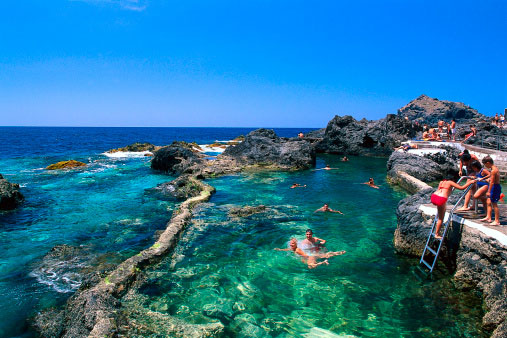
Tenerife is the largest island of the Canary Islands archipelago, administratively owned by Spain. Its area is over 2 000 km2 - for comparison, the area of the Łódzkie Voivodeship is 1,8 km2. Its meridian extent is 80 km, and latitudinal 50 km.
Tenerife is a European island, but geologically the island belongs to the African continent. This island is located in the Atlantic Ocean, about 300 km west of Africa and approx 1000 km southeast of the Iberian Peninsula.
The climate of Tenerife is very diverse. In the "green" north there is more rainfall and lower temperatures, in the dry south, on the other hand, there is little rainfall, and the temperatures allow you to lie on the beach all year round.
The climate of Tenerife is influenced by its island location and location on the way of the cool Canary current, bringing significant rainfall to the north of the island - 800 mm / year. In turn, in the south, the value of annual precipitation fluctuates at the level 210 mm / year.
The average annual temperature on the coast of the island is around 25 ° C. Please note, that in the interior of the island, in mountainous areas, completely different temperatures occur. As you know, the temperature drops with increasing altitude, therefore, in towns located within the mountain ranges, the average annual temperature fluctuates around 15 ° C.
interesting fact is, that during the winter, crater volcano Teide, is often covered with snow. Therefore, being in Tenerife during the winter, you can start your day on the sunny and hot Costa Adeje, and then go on a mountain trip and, for example,. make a snowman on the slopes of the volcano!